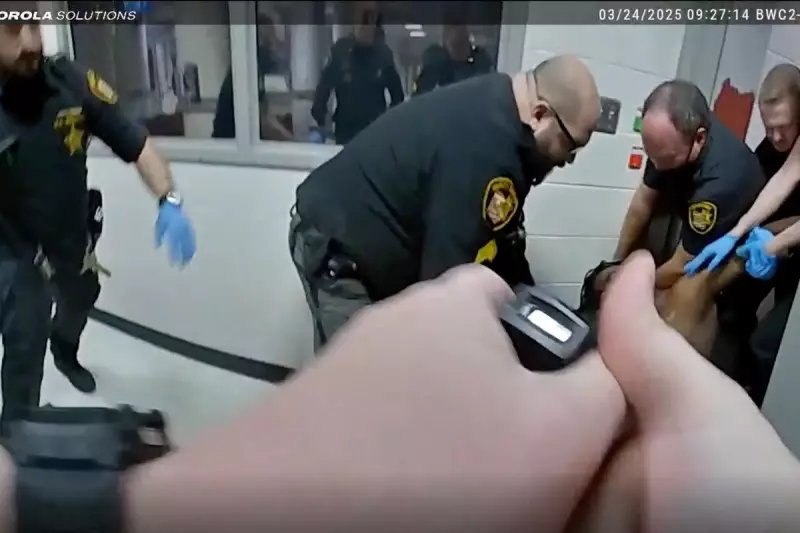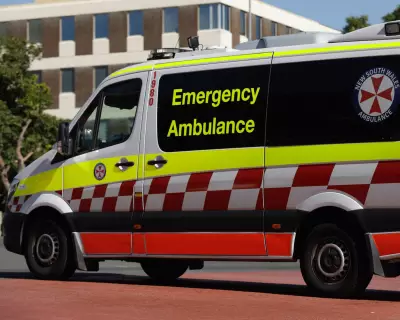
Two emergency medical technicians from the Dayton Fire Department have been dismissed from their positions after a damning internal investigation revealed their failure to administer life-saving CPR to a Black man in police custody.
Critical Minutes Lost
The incident unfolded in Montgomery County when local law enforcement requested medical assistance for a man experiencing a health crisis while restrained. Body camera footage from the November 4th encounter shows the paramedics, identified as John D. Mullins and James D. St. John, making minimal effort to assess the patient's deteriorating condition.
Despite the man being in clear medical distress, the emergency responders failed to perform cardiopulmonary resuscitation when he stopped breathing. "They didn't feel a pulse, and they made the decision to not start life-saving measures of CPR," stated Dayton Fire Chief Jeffrey Payne during a press conference.
Department Response and Terminations
The Dayton Fire Department conducted a thorough internal review following the incident, resulting in the immediate termination of both paramedics. Chief Payne emphasised that their actions violated established department protocols and professional standards.
"Our policy is to provide the best emergency medical care possible to every citizen we serve," Chief Payne declared. "When our personnel fail to meet those standards, we hold them accountable."
Community Concerns and Ongoing Investigation
The case has sparked significant concern within the Dayton community, particularly regarding equitable emergency medical response. Local advocacy groups have called for greater transparency and reform in how medical emergencies are handled during police encounters.
The Montgomery County Sheriff's Office has launched a separate criminal investigation into the circumstances surrounding the man's death. Meanwhile, the Dayton Fire Department has committed to additional training and protocol reviews to prevent similar incidents.
This case highlights the critical importance of proper emergency medical response in law enforcement situations and raises questions about accountability within emergency services when protocols are breached.





